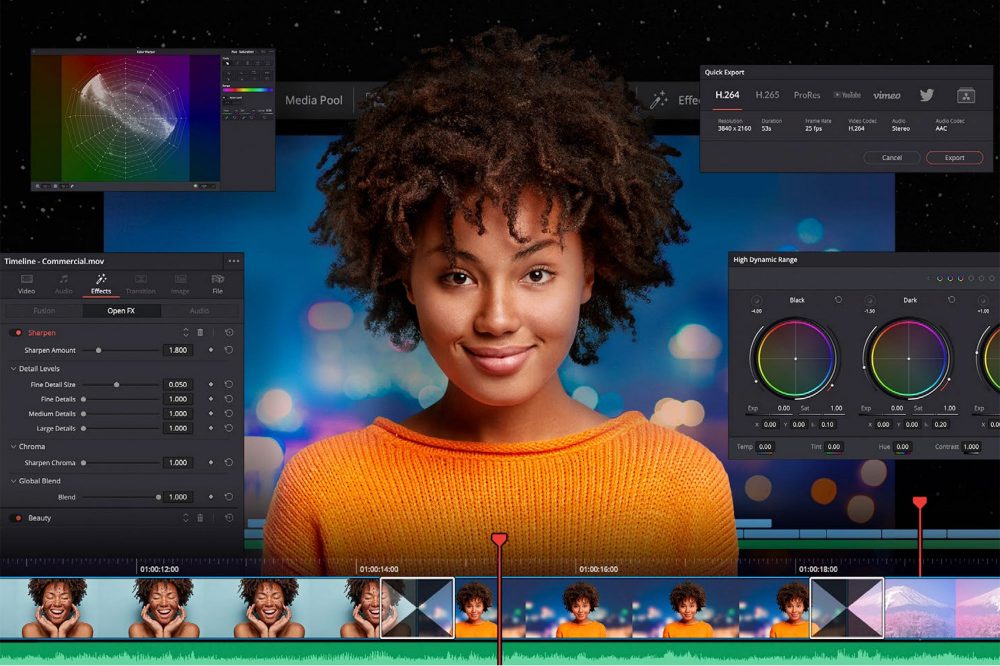We’re very excited to give you a sneak peek into the newest feature in Adobe Premiere Pro’s beta version. This feature could drastically speed up your interview editing in the future. It is an upgrade to one of Premieres‘ newest features, the speech-to-text function that we have inspected in-depth in this blog. The newest set of functions allows you to use the automatically created transcript to quickly create a rough cut of your sequence.
This feature is available in versions Beta -23.0×006 or higher. Please keep in mind that Beta versions are guaranteed to contain more bugs than stable versions.
How Does It Work?
The first thing you need to create is a transcript of your clip. To do this, double-click the clip to open it in the Source monitor and navigate to the Text panel (Window > Text). In the Transcript tab, click the Transcribe button. Choose the language and decide whether the speakers should be separated. Premiere Pro will quickly generate an automatic transcription.

When any word in the transcript is selected, the Source monitor play head will jump to the appropriate timecode. Turn on the “Automatically set In/Out points” feature, and In and Out points will be set whenever you select any number of words in the transcription. Use the Insert and Overwrite buttons to add the selected portion on the clip into the open sequence.
 Select any number of words and the appropriate portion of the clip will be marked with In and Out points
Select any number of words and the appropriate portion of the clip will be marked with In and Out points
Transcription Upon Import
The Premiere Pro Import tab allows you to transcribe all imported footage automatically. In the Import settings, uncheck the “Create new sequence” and turn on “Automatic transcription”. In the Transcription preferences, choose “Auto-transcribe all imported media” and choose the language used.
Timeline Transcript
The transcript to rough cut feature works with timelines as well. Add any number of transcribed clips into the timeline and navigate to the Text panel. In the Transcript tab, click “Choose transcription mode”, and in the Create transcript menu, select “Text-based editing”. An automatic transcription of the timeline will be created.

With timelines, the feature works in much the same way. After selecting any number of words, the appropriate portion of the timeline can be lifted or extracted from the timeline, either leaving an empty space in the timeline or not.
 Select any number of words and the appropriate portion of the timeline will be marked with In and Out points
Select any number of words and the appropriate portion of the timeline will be marked with In and Out points
What Is This Useful For?
The new transcript to rough cut feature allows for an alternative approach to editing interviews. One that lets the user edit by reading rather than hearing. It might be useful to the editorial staff that are outlining the story and are not necessarily well versed in using the NLE. Being a very visual person, I already know that this feature is something that I will be using.
Suppose you are looking for a rough-cutting solution that is highly intuitive, easy to use and has no per-user licensing. In that case, you should check out the Rough-cut Editor feature in the ELEMENTS Media Library. This browser-based platform is perfectly integrated into Adobe Premiere Pro and DaVinci Resolve. It allows you to easily browse and import footage and timelines and reuse preview proxies for offline editing, saving you a lot of time, which is typically wasted on Premiere’s ingest workflow.
Read all about our collaborative features for Adobe Premiere Pro.


